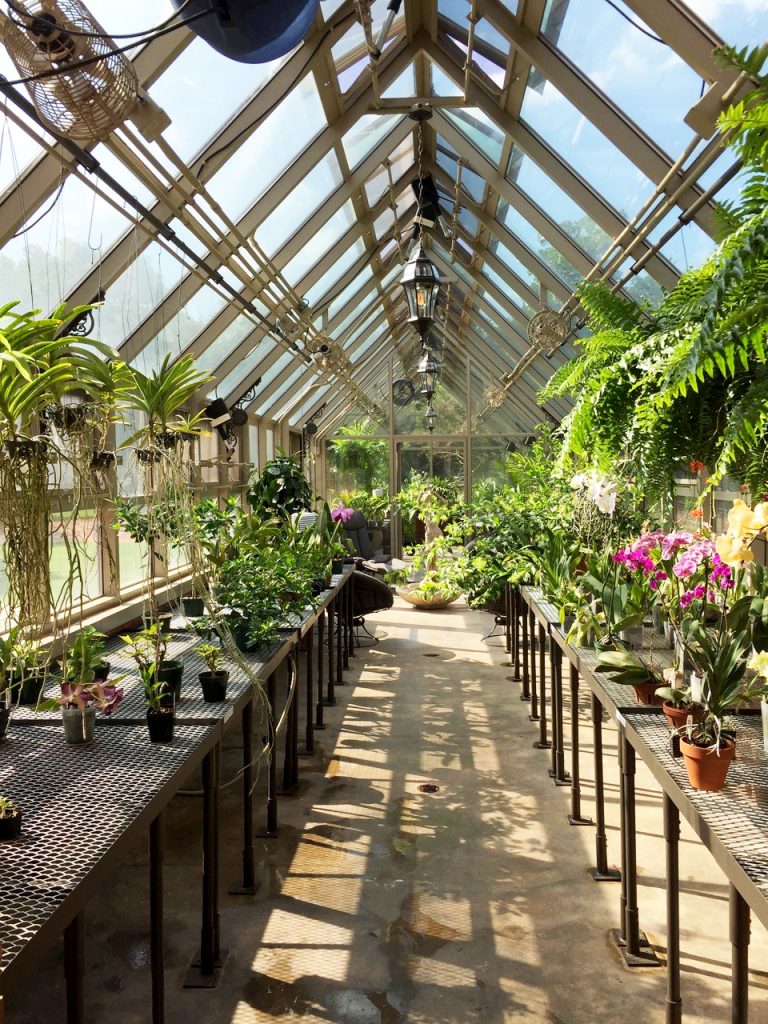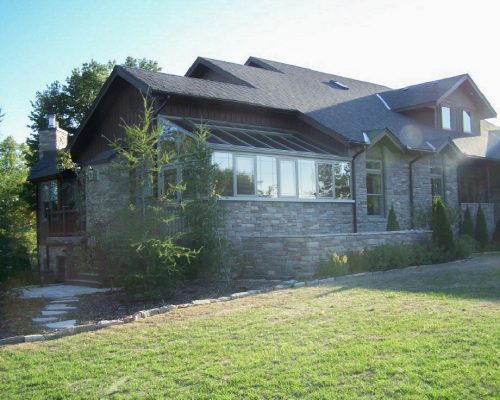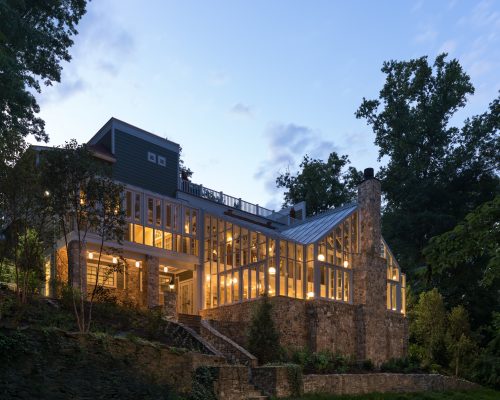

In the Know: Greenhouses, Sunrooms, and Conservatories
At a glance, the differences between greenhouses, sunrooms, and conservatories can seem difficult to spot. These structures are all fairly similar in function. Where they differentiate is in their levels of stylistic décor and overall purpose.
GREENHOUSES
A greenhouse’s most distinctive feature is found in its application. This is a structure specifically designed to grow plants in – plain and simple.
During the 13th century, greenhouses – called botanical gardens – were built in Italy out of necessity. Explorers returning from the tropics would use these structures to house the different plants they had collected during their expeditions. It wasn’t until the 1800s that the first “modern” greenhouse would be constructed by Charles Lucien Bonaparte, a French botanist and nephew of Napoleon Bonaparte, to grow medicinal tropical plants.
Greenhouses can vary greatly in size, ranging anywhere from a small backyard structure perfect for recreational use to much larger ones tailored for commercial growth. Greenhouses are constructed out of various materials including glass, plastic, and aluminum.
Unlike with other gardening methods, plants grown in a greenhouse have the added benefit of protection from pests and the elements. Additionally, greenhouses can be equipped with a range of additional features to assist growers, such as benches, heaters, irrigation systems, and more.


SUNROOMS
A sunroom – also known as a Florida Room or Solarium – is any glass-roofed structure that has been added on to a building or attached to a pre-existing room that can be modified into one by replacing the roof with glass.
Although typically less ornate than the other structures discussed here, sunrooms can still be outfitted with several decorative features. Designers can integrate doors and windows into the room’s frame, giving occupants the option of added ventilation and accessibility. Grids can be integrated into windows, while roofline’s can be adorned with ridge cresting for some added flare.
Sunrooms serve as an extension of your home or business and can be thought of more as an additional room rather than an entirely new structure. Because of this, owners will need to decide whether they want them to blend seamlessly into the rest of their home or create a unique focal point. Sunrooms give occupants an opportunity to bask in the sunlight regardless of the season.
CONSERVATORIES
Out of all the structures featured here, conservatories are the most versatile of the group. Conservatories are glazed structures comprised of glass roofing and/or walls. These units can be both freestanding or added on to existing buildings. Conservatories are a happy medium between greenhouses and sunrooms.
The conservatory originated in the 16th century and, similar to greenhouses, was used to preserve citrus plants brought home by explorers returning to Europe. These structures were helpful in protecting the new plants from strong breezes and cold temperatures.

While conservatories can certainly be used to cultivate plant life, their primary use is to create additional living space. With their addition, owners are welcomed to a world of possibilities. Some possible uses include living rooms, pool houses, kitchen extensions, tea houses – the possibilities are endless.
More Information
Solar Innovations® is a single source provider of custom glazed structures, skylights, windows, and doors. Their extensive product line ranges from greenhouse to sunrooms, to folding glass walls. To learn more about Solar Innovations®, our products, or to request a brochure, you can contact us via email at [email protected] or call 800-618-0669.

